Home>Storage & Organization>Garage Storage Solutions>How To Organize Power Tools In Garage
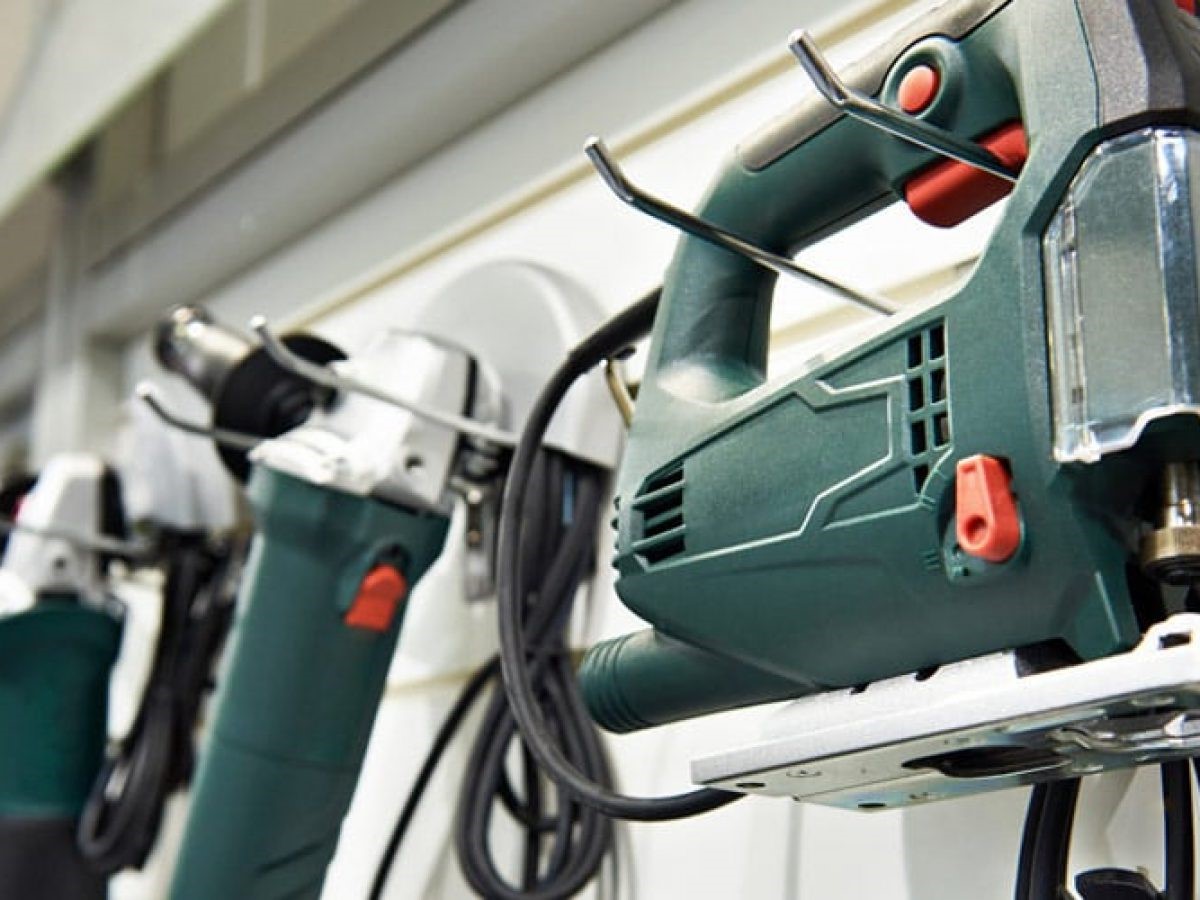

Garage Storage Solutions
How To Organize Power Tools In Garage
Published: March 2, 2024
Discover effective garage storage solutions for organizing power tools and maximizing space. Get expert tips on creating a functional and tidy garage with our helpful guide.
(Many of the links in this article redirect to a specific reviewed product. Your purchase of these products through affiliate links helps to generate commission for Storables.com, at no extra cost. Learn more)
Assessing Your Power Tool Collection
Before diving into organizing your power tools in the garage, it's essential to assess your collection and take stock of what you have. This step is crucial as it helps you determine the amount of space you'll need and the type of storage solutions that will best suit your needs. Start by gathering all your power tools in one place. Take note of the different types of tools you have, their sizes, and how frequently you use them. This assessment will give you a clear understanding of the scope of your project and guide you in creating an effective organization system.
Key Takeaways:
- Assess your power tool collection to understand your needs and space requirements before choosing the right storage solutions. This helps in creating an effective organization system tailored to your tools and garage space.
- Prioritize safety by implementing measures such as clear pathways, proper tool storage, and personal protective equipment. This ensures a secure environment for organizing and using power tools in your garage.
Choosing the Right Storage Solutions
When it comes to organizing power tools in the garage, selecting the right storage solutions is crucial for maintaining a tidy and efficient workspace. Here are some effective storage options to consider:
-
Tool Chests and Cabinets: Invest in a sturdy tool chest or cabinet to store smaller power tools and hand tools. These come with drawers and compartments, allowing you to categorize and organize your tools effectively.
-
Pegboards and Wall Hooks: Utilize wall space by installing pegboards and hooks. This allows you to hang frequently used tools such as drills, wrenches, and hammers, keeping them easily accessible while freeing up valuable floor and workbench space.
-
Shelving Units: Install shelving units to store larger power tools and equipment. Adjustable shelves provide flexibility to accommodate tools of various sizes, keeping them off the floor and neatly organized.
-
Tool Racks and Organizers: Consider using tool racks and organizers specifically designed for power tools. These can be mounted on walls or placed on workbenches, providing designated spaces for each tool and preventing clutter.
-
Rolling Tool Carts: For portability and easy access, invest in a rolling tool cart. These carts can store a variety of tools and can be moved around the garage as needed, making them ideal for larger or frequently used items.
-
Overhead Storage: Maximize space by utilizing overhead storage options such as ceiling-mounted racks or shelves. These are perfect for storing infrequently used tools or seasonal equipment, keeping them out of the way yet easily accessible when needed.
When choosing storage solutions, consider factors such as the size of your garage, the frequency of tool usage, and the accessibility you require for each tool. By selecting the right storage options, you can effectively declutter your garage and create a well-organized space for your power tools.
Creating a Functional Layout
Creating a functional layout in your garage is essential for optimizing the space and ensuring easy access to your power tools. Here are some tips to help you design a practical and efficient layout:
-
Work Zones: Divide your garage into specific work zones based on the type of tasks you perform. For example, designate an area for woodworking, metalworking, automotive repairs, and general maintenance. This zoning helps in organizing tools and equipment according to their functions, making it easier to locate and use them when needed.
-
Workbench Placement: Position your workbench in a central location, allowing easy access from all work zones. The workbench should have sufficient space for your most frequently used tools and provide a clear workspace for various projects.
-
Traffic Flow: Consider the traffic flow within the garage when arranging your tools and equipment. Ensure that pathways are clear and unobstructed to prevent accidents and make it easy to move tools from one area to another.
-
Accessibility: Store frequently used tools within arm's reach of the workbench or in easily accessible areas. This minimizes the time spent searching for tools and maximizes efficiency during projects.
-
Visibility: Arrange your tools in a way that allows you to see and identify them quickly. Transparent storage containers or open shelving can help in this regard, making it easier to locate specific tools without rummaging through boxes or drawers.
-
Labeling: Use labels or color-coding to identify different tool categories and storage areas. This simple organizational method can save time and reduce frustration when searching for specific tools.
-
Flexibility: Design the layout with flexibility in mind. As your tool collection grows or your projects evolve, the layout should be adaptable to accommodate new tools and equipment without causing a major reorganization.
By creating a functional layout in your garage, you can streamline your workflow, improve productivity, and make the most of your power tool collection. A well-thought-out layout ensures that your tools are organized in a manner that suits your working style and enhances the overall efficiency of your DIY projects.
Use a pegboard or wall-mounted tool rack to hang power tools and keep them off the floor. This will save space and make it easy to find the tool you need.
Implementing Safety Measures
When organizing power tools in your garage, it's crucial to prioritize safety to prevent accidents and injuries. Implementing safety measures not only protects you and others in the workspace but also ensures the longevity of your tools. Here are essential safety measures to consider:
-
Clear Pathways: Maintain clear pathways throughout the garage to prevent tripping hazards. Ensure that tools and equipment are stored in designated areas, leaving ample space for movement and access to emergency exits.
-
Proper Tool Storage: Store power tools in their designated places, such as tool chests, cabinets, or wall-mounted racks, to prevent them from being left on the floor where they can pose a tripping hazard or be damaged.
-
Secure Heavy Equipment: When storing heavy power tools or machinery, ensure that they are placed on stable surfaces or anchored securely to prevent tipping or falling. Use appropriate lifting techniques and equipment when moving heavy items to avoid strain or injury.
-
Electrical Safety: If your power tools require electrical outlets, ensure that the garage's electrical system can handle the load. Use ground fault circuit interrupters (GFCIs) to protect against electrical shock and avoid overloading circuits. Routinely inspect power cords for damage and replace them if necessary.
-
Personal Protective Equipment (PPE): Always wear the appropriate PPE when using power tools. This may include safety goggles, hearing protection, gloves, and dust masks, depending on the type of tool and the task at hand.
-
Tool Maintenance: Regularly inspect and maintain your power tools to ensure they are in safe working condition. Keep blades sharp, handles clean and dry, and cords free from damage. Follow manufacturer guidelines for maintenance and replace worn-out parts promptly.
-
Fire Safety: Keep a fire extinguisher in the garage and ensure that it is easily accessible. Store flammable materials, such as gasoline and solvents, in approved containers and away from heat sources.
-
Childproofing: If children have access to the garage, take extra precautions to childproof the area. Store tools out of reach, secure cabinets and drawers, and consider installing safety locks on tool chests and cabinets.
By implementing these safety measures, you can create a secure environment for organizing and using power tools in your garage. Prioritizing safety not only protects you and others but also contributes to a more efficient and enjoyable DIY experience.
Maintaining and Updating Organization Systems
Maintaining an organized garage is an ongoing process that requires regular attention and updates to ensure the efficiency and functionality of your power tool storage. Here are essential tips for maintaining and updating your organization systems:
-
Regular Cleaning and Decluttering: Schedule regular cleaning sessions to declutter your garage and reassess the organization of your power tools. Remove any tools or equipment that are no longer needed or in use. This helps prevent unnecessary clutter and frees up space for new tools or projects.
-
Inspect and Reorganize: Periodically inspect your storage systems to ensure that they are still meeting your needs. Reorganize as necessary, considering any changes in your tool collection or the types of projects you are undertaking. This may involve rearranging tools, adjusting shelving heights, or adding new storage solutions.
-
Maintenance of Storage Solutions: Just as you maintain your power tools, it's important to maintain the storage solutions themselves. Check for any signs of wear and tear, such as loose screws, damaged shelves, or worn-out drawer slides. Address these issues promptly to prevent further damage and ensure the longevity of your storage systems.
-
Labeling and Inventory: Keep your organization systems up to date by labeling storage bins, drawers, and shelves. This makes it easier to locate specific tools and helps maintain a systematic approach to storing and retrieving items. Consider creating an inventory list of your power tools to track their locations and ensure nothing goes missing.
-
Adapt to Changing Needs: As your DIY projects evolve and your tool collection grows, be prepared to adapt your organization systems accordingly. This may involve investing in additional storage solutions, reconfiguring the layout, or incorporating new organizational tools such as tool pouches, magnetic strips, or drawer dividers.
-
Utilize Technology: Explore digital tools and apps that can assist in organizing and tracking your power tool inventory. There are various inventory management apps and software that can help you categorize, label, and keep track of your tools, making it easier to maintain an organized system.
-
Seek Feedback and Input: If you share the garage space with others, such as family members or DIY enthusiasts, seek their feedback on the organization systems. Their input may provide valuable insights into improving the layout and storage solutions to better accommodate everyone's needs.
By consistently maintaining and updating your organization systems, you can ensure that your garage remains a well-organized and efficient workspace for your power tools. Regular attention to the organization of your tools not only enhances safety and productivity but also contributes to a more enjoyable DIY experience.
Frequently Asked Questions about How To Organize Power Tools In Garage
Was this page helpful?
At Storables.com, we guarantee accurate and reliable information. Our content, validated by Expert Board Contributors, is crafted following stringent Editorial Policies. We're committed to providing you with well-researched, expert-backed insights for all your informational needs.
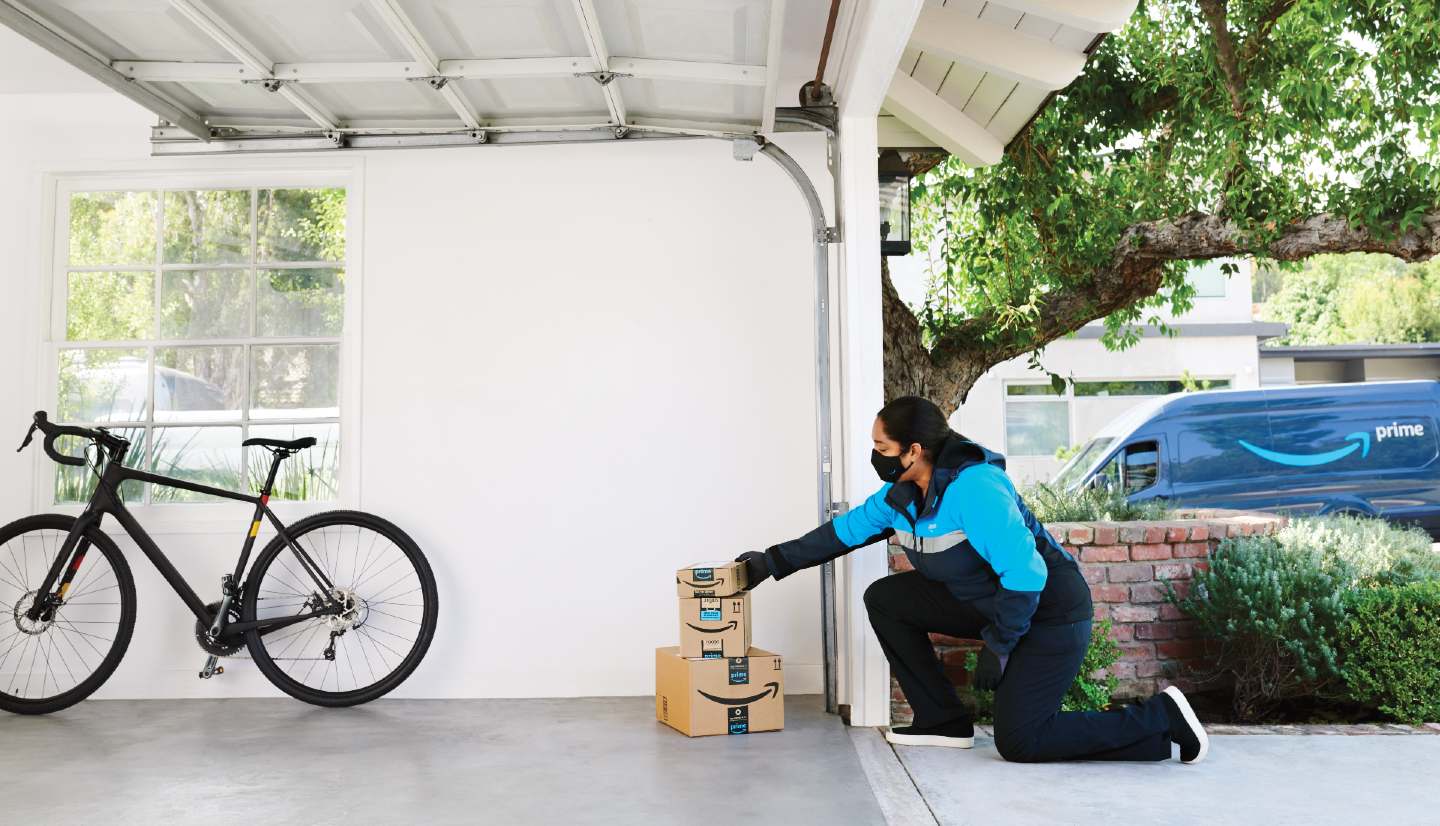
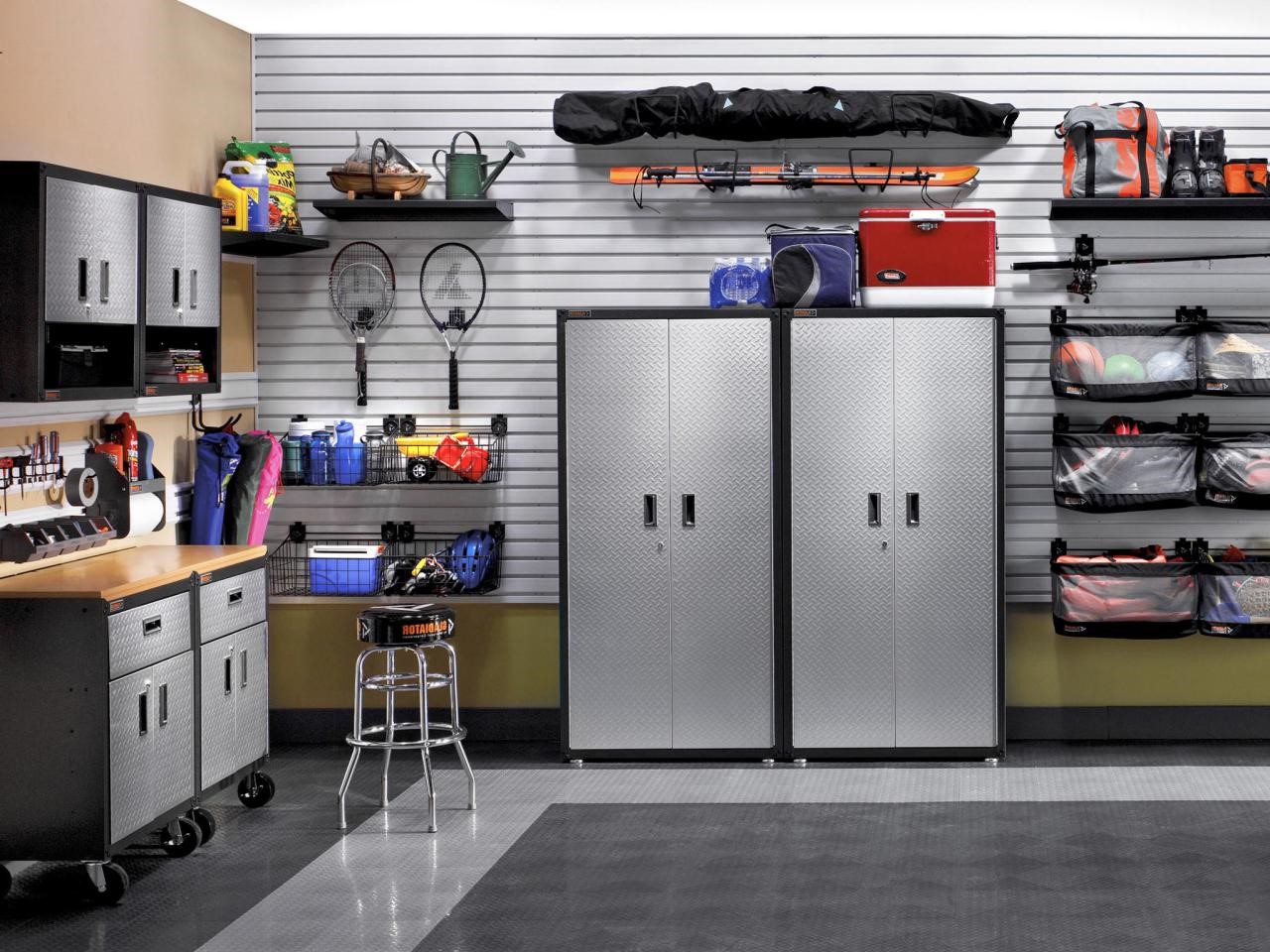
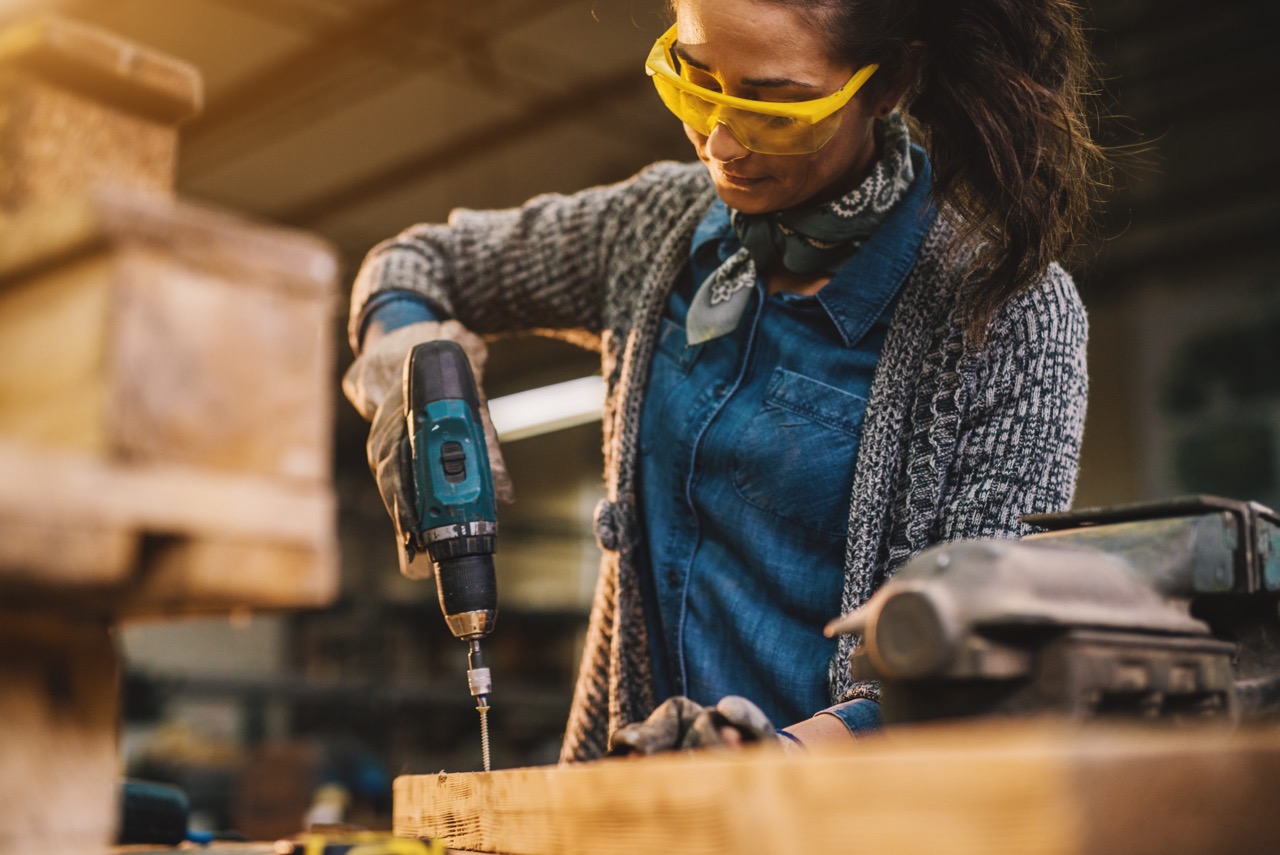
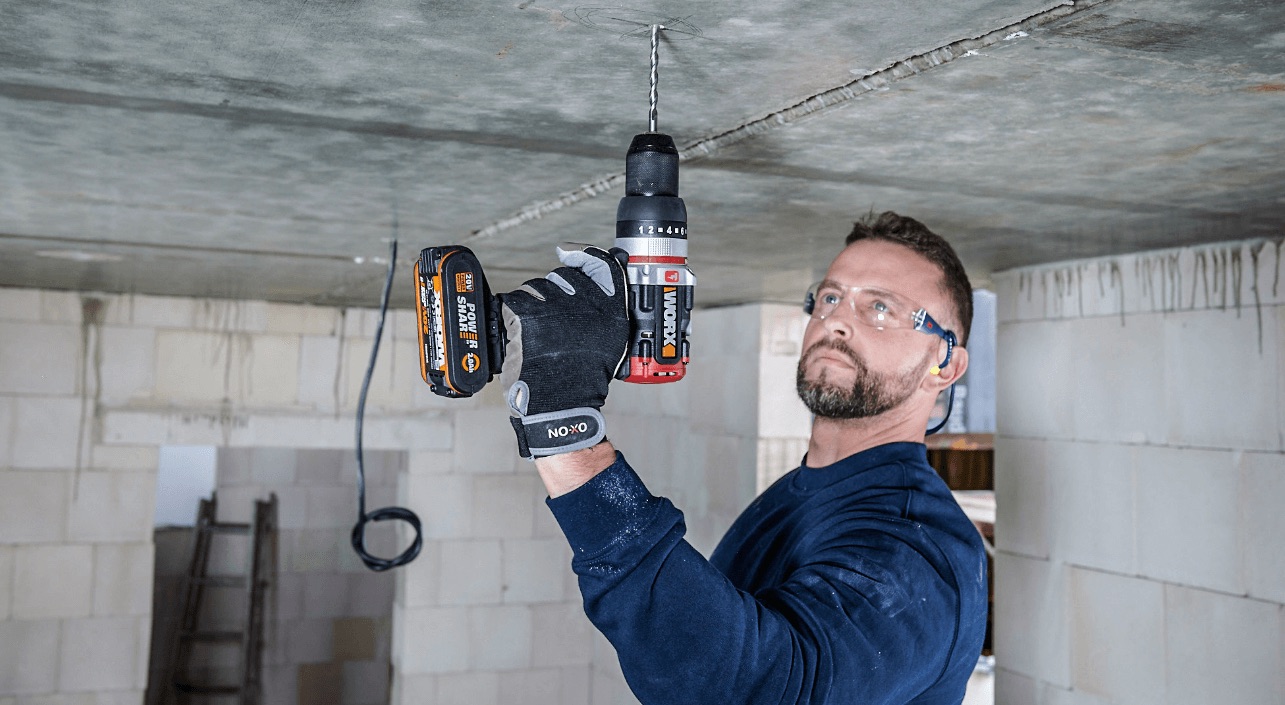
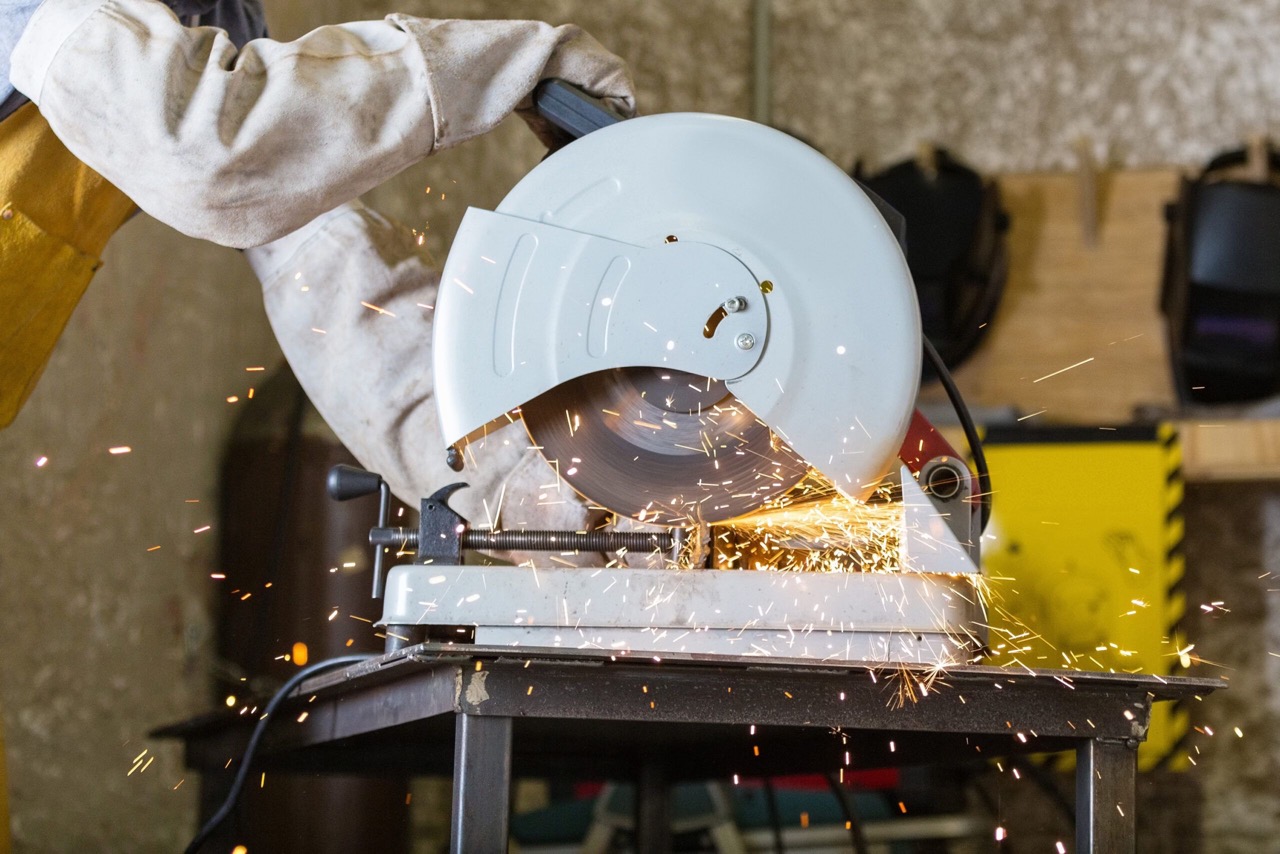
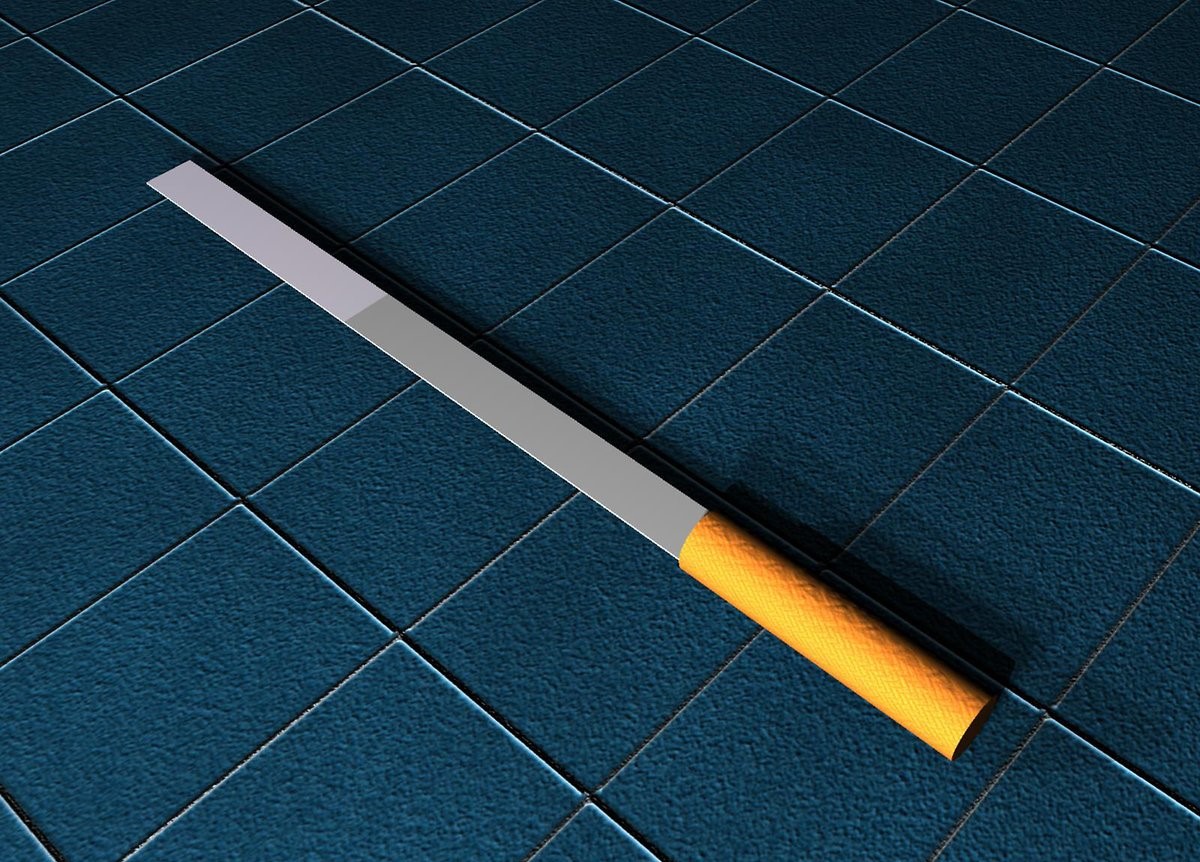
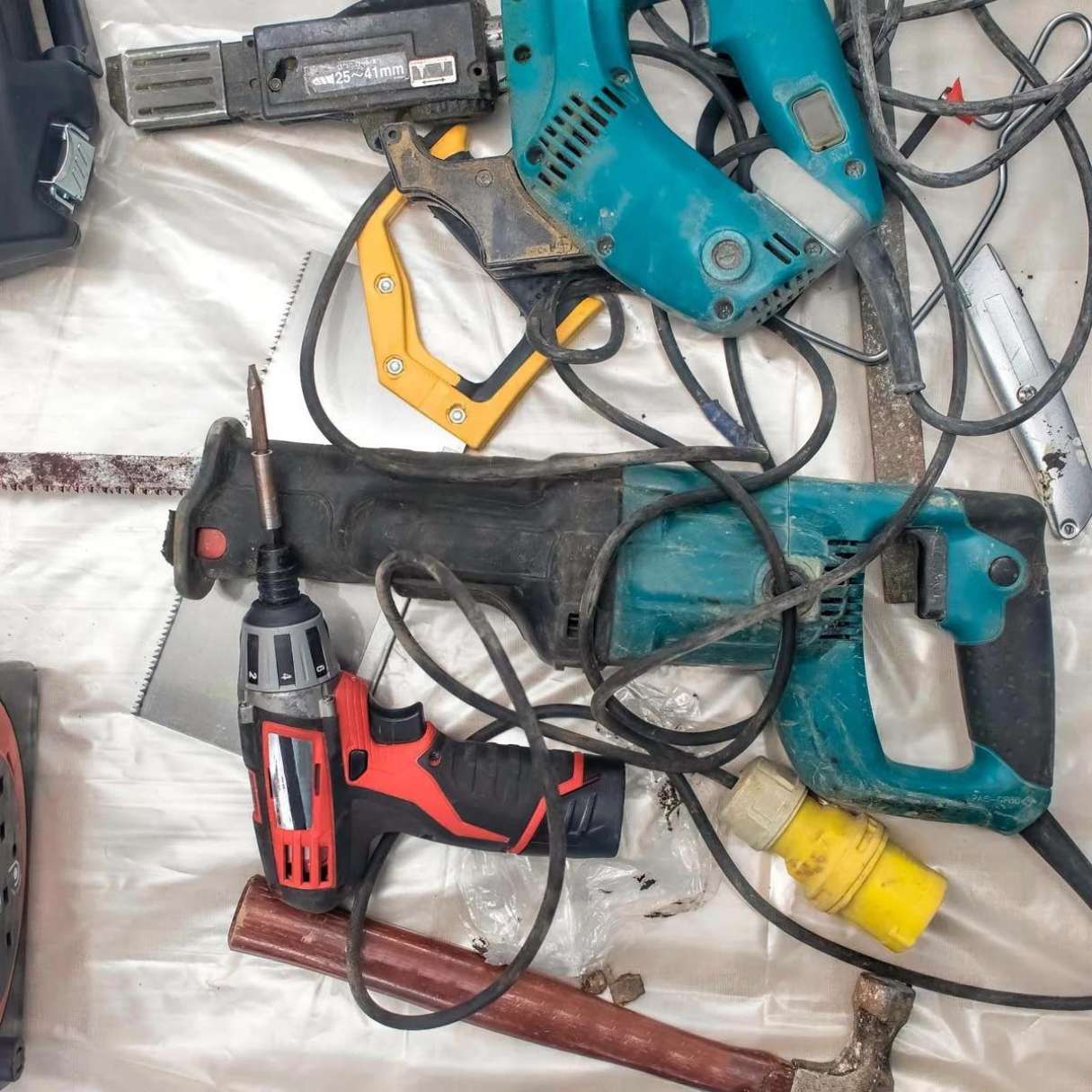
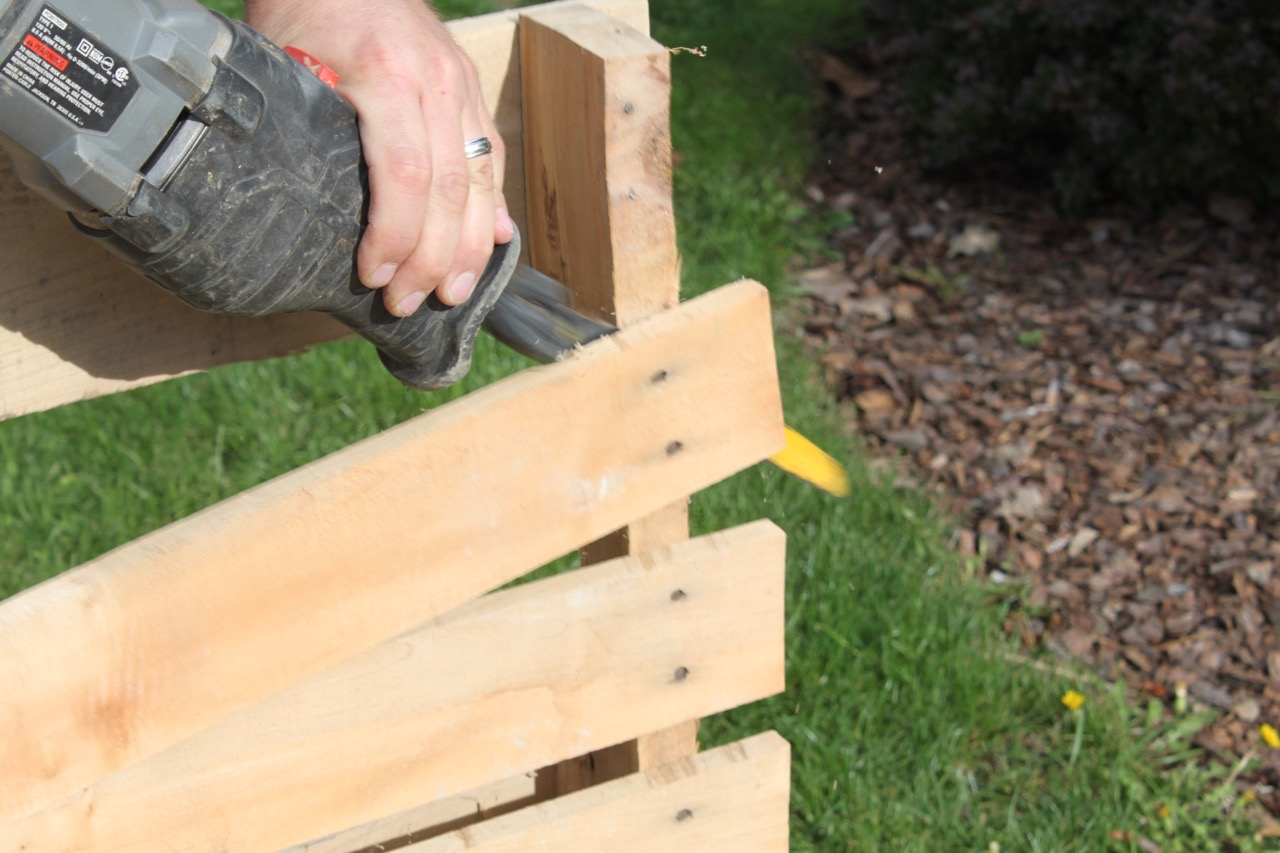
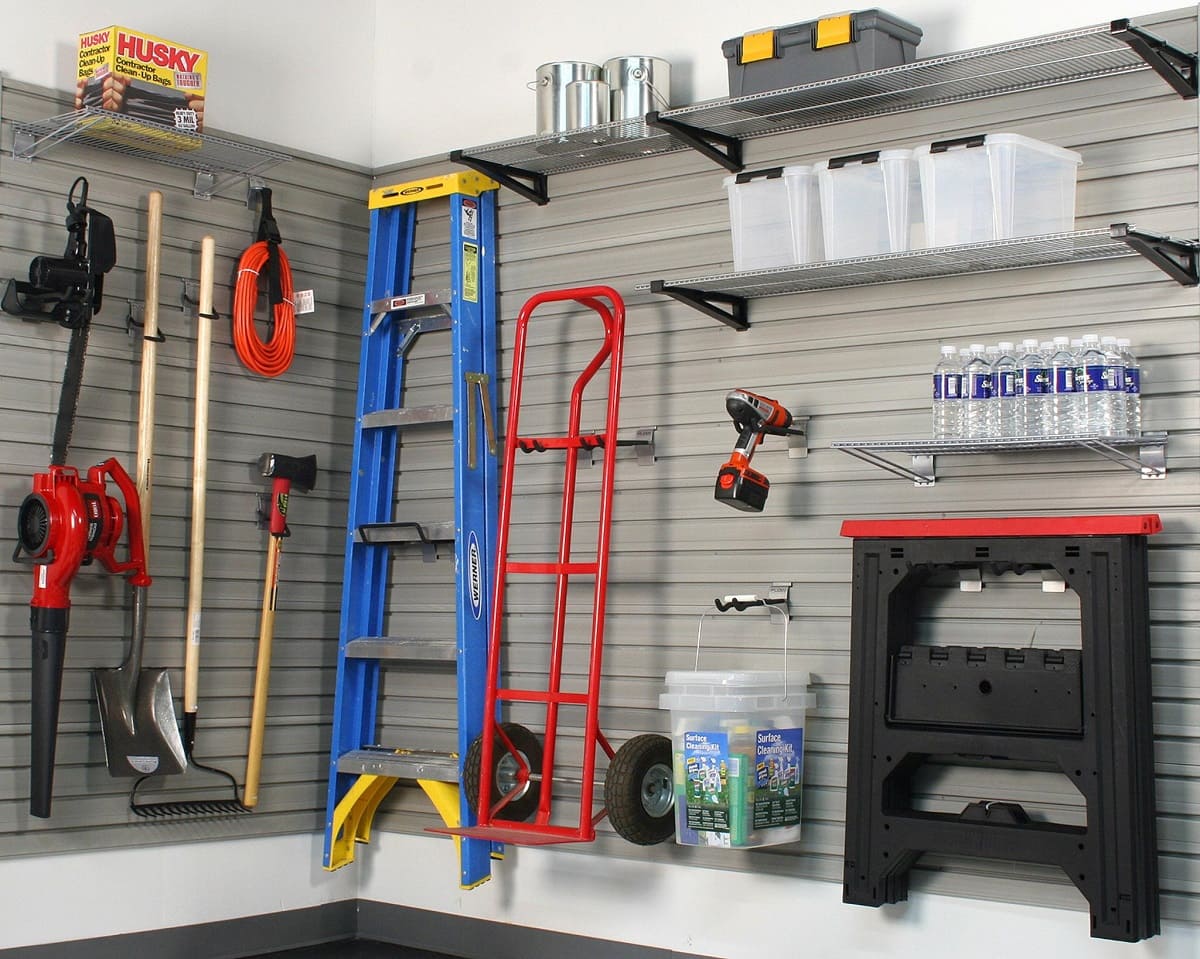
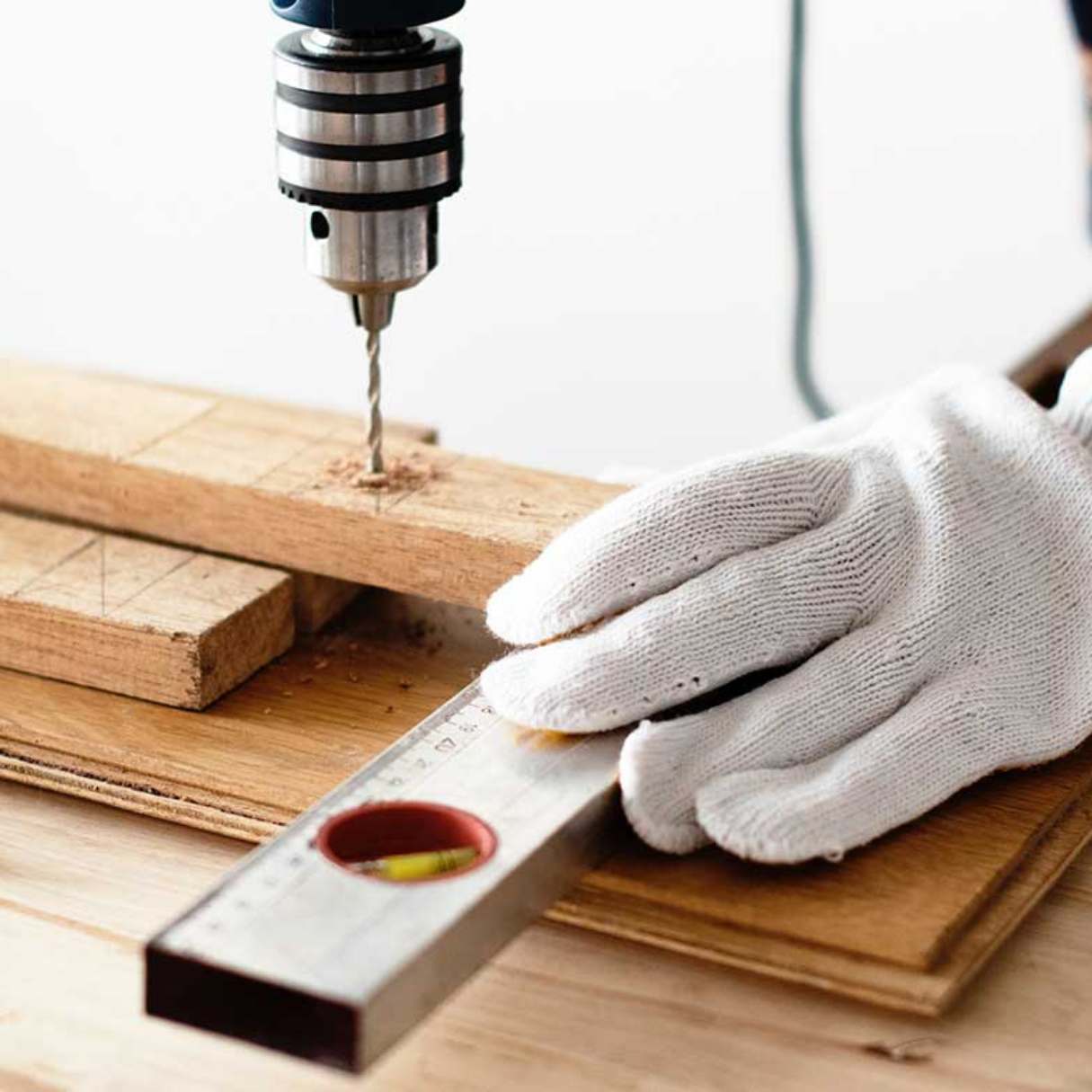
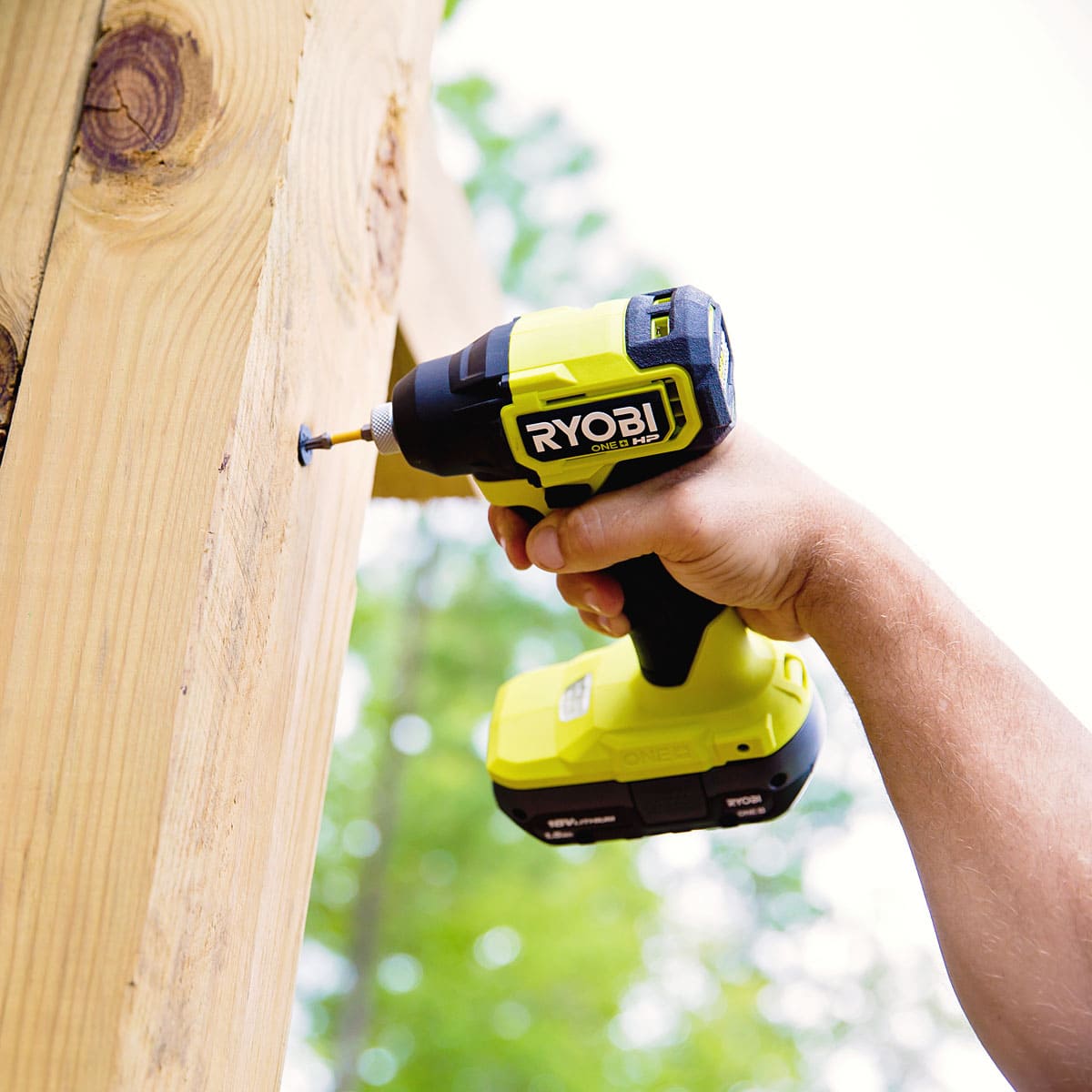
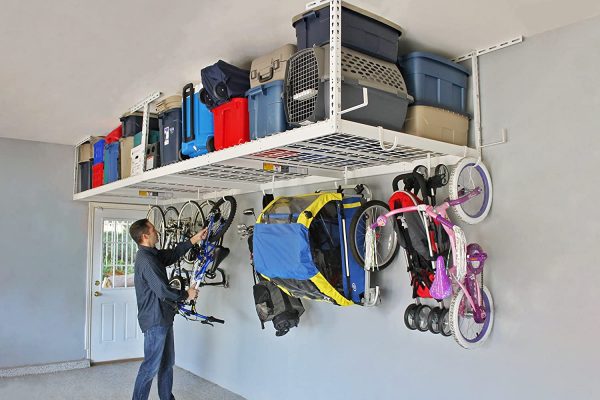
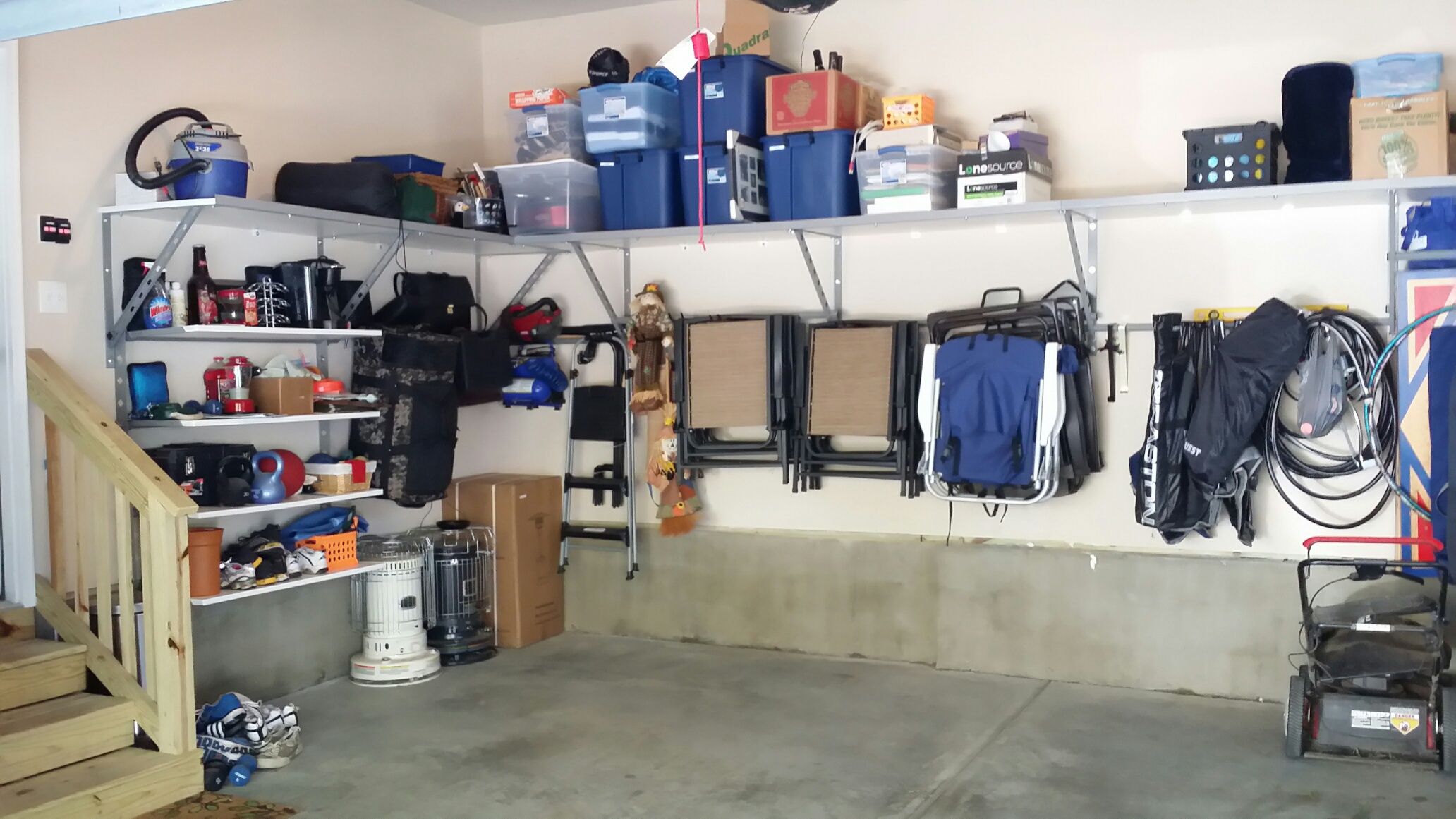
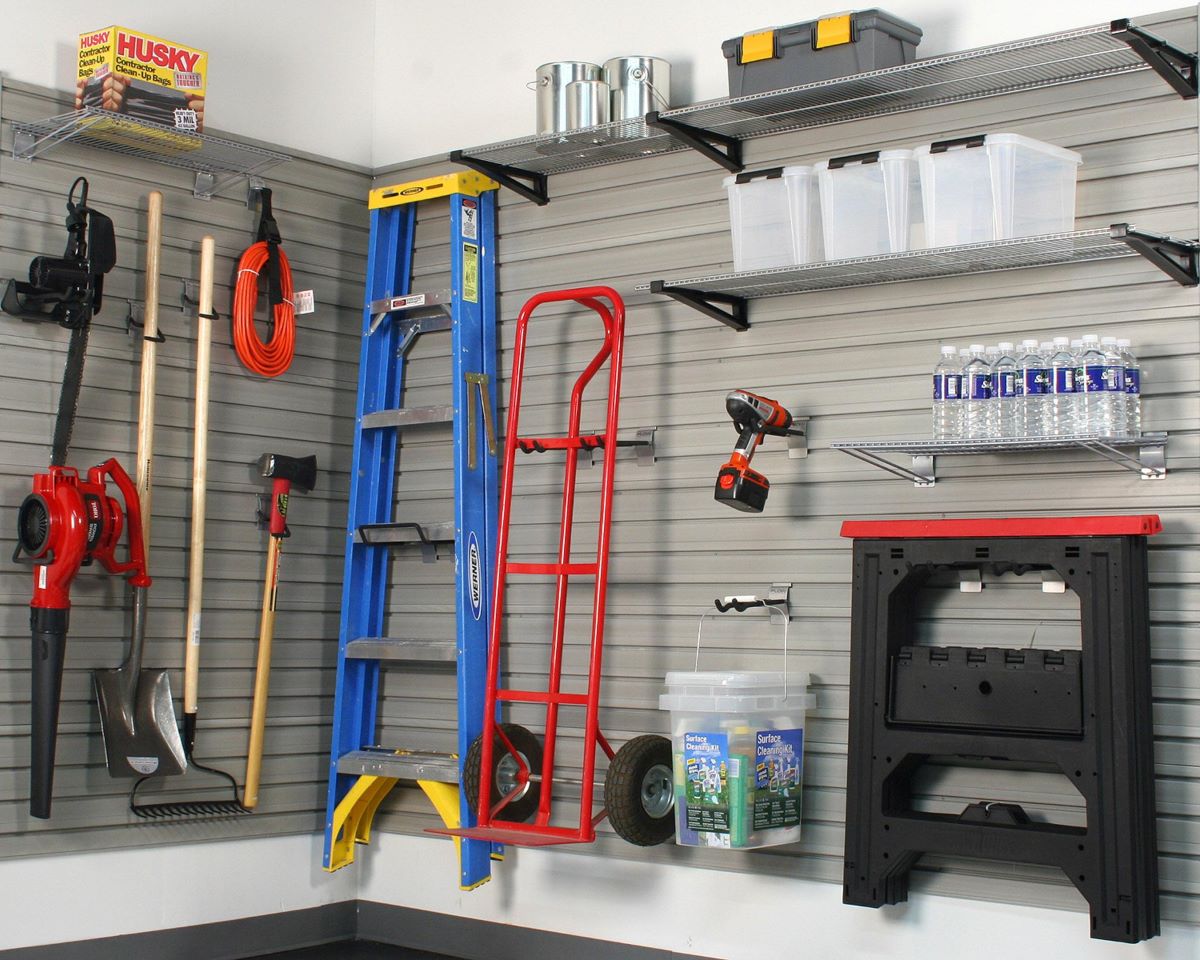
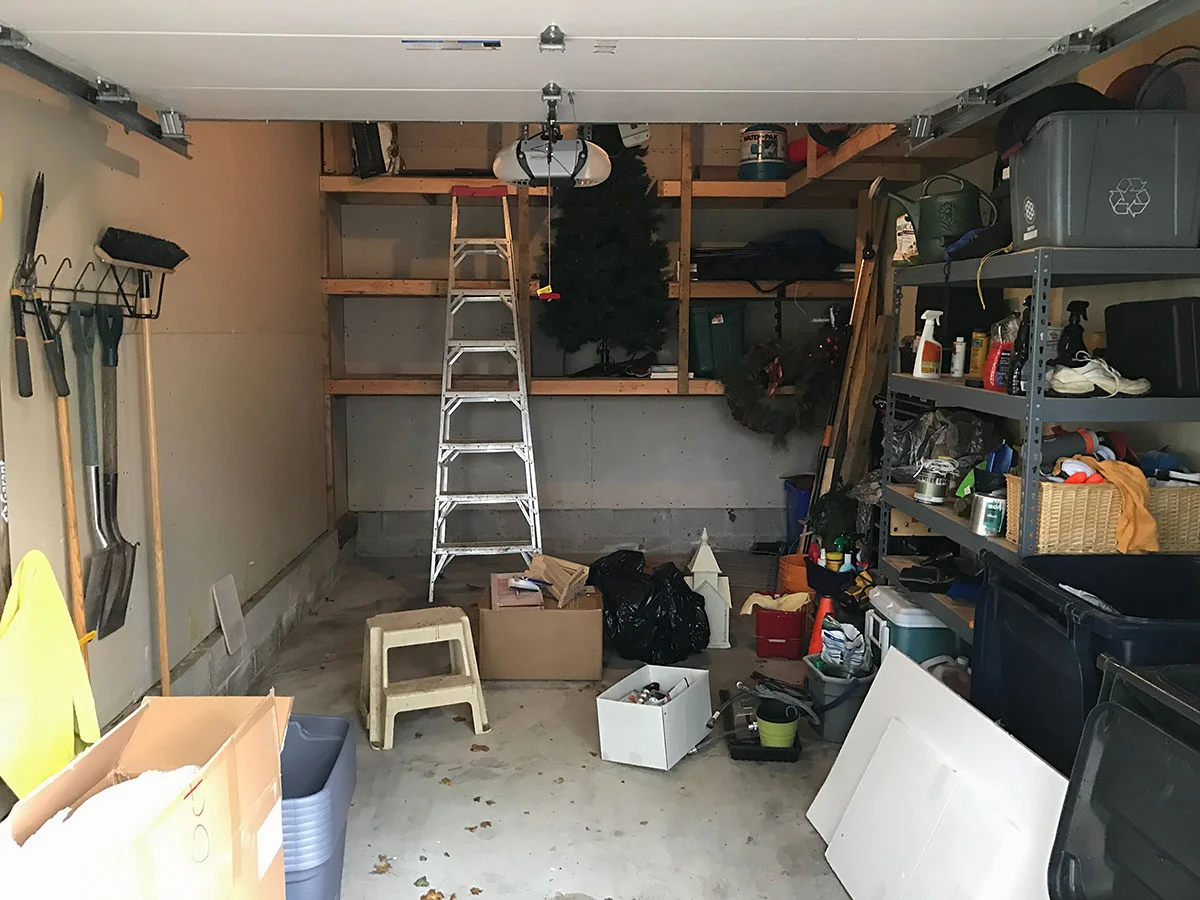

0 thoughts on “How To Organize Power Tools In Garage”